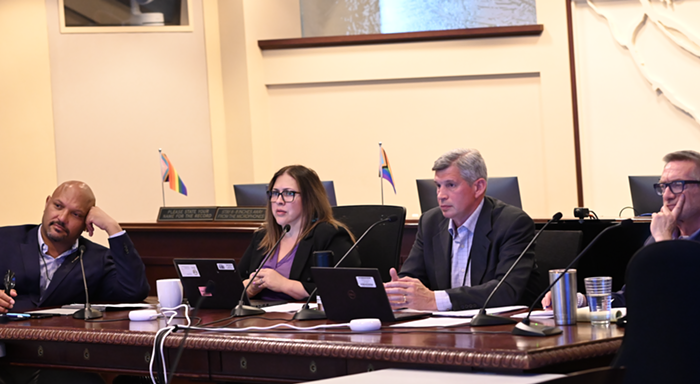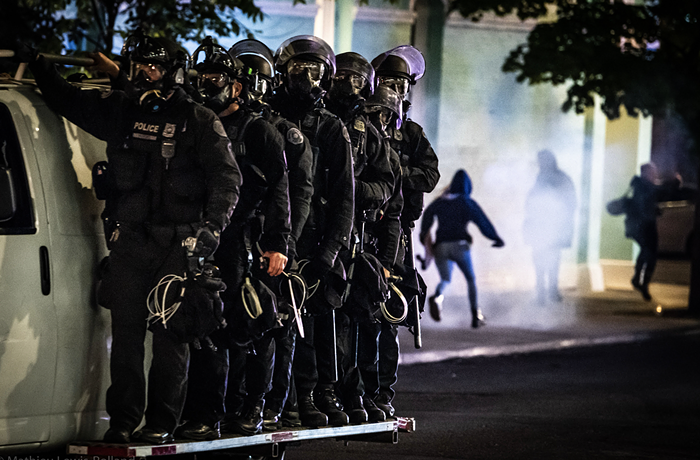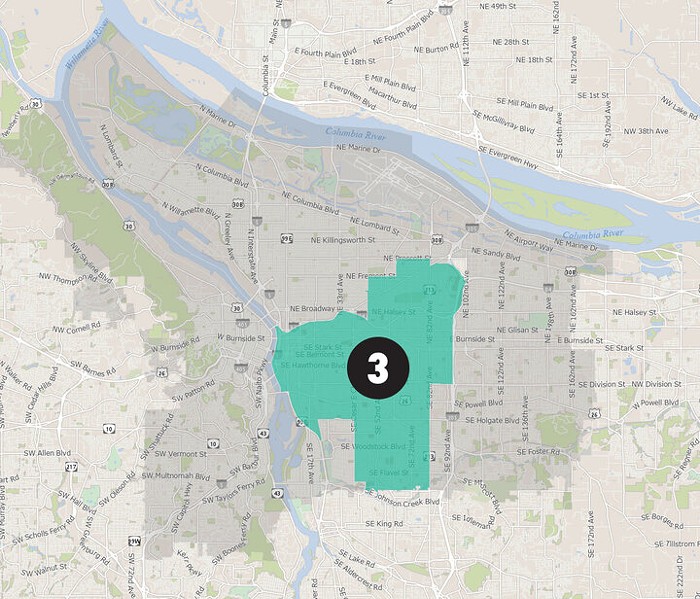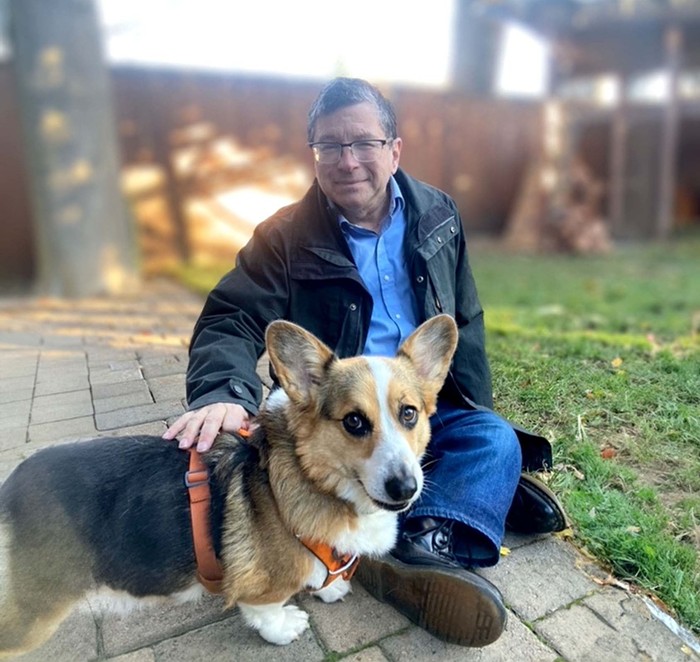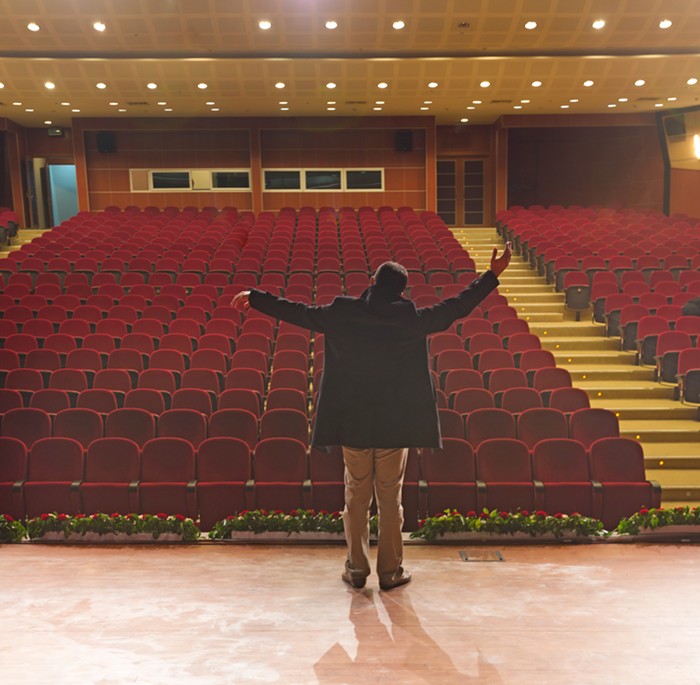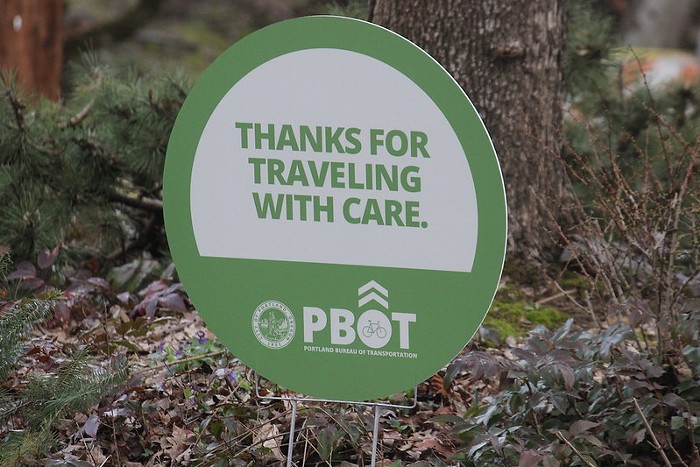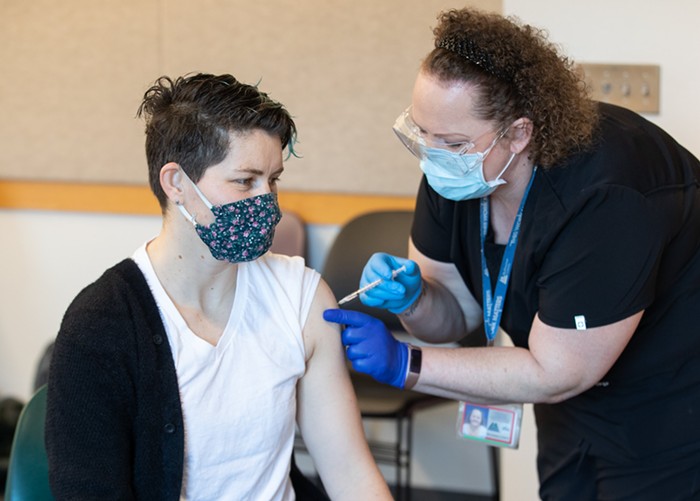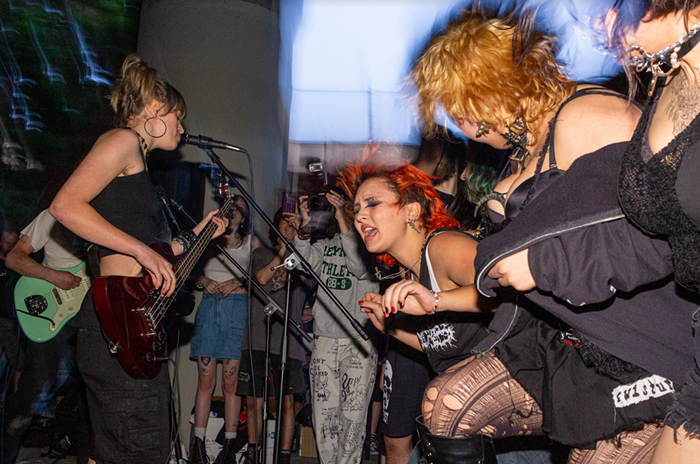City Commissioner candidate Charles Lewis made a claim at last night's OLMV debate that really caught my attention--so much so that I went back to my tape this morning to be sure I heard him correctly.
When talking about equity among neighborhoods, he discussed his own Cully neighborhood, which Lewis says does "not receive the same share of city resources."
For example, he pointed toward the forthcoming Cully Park: "This park is kind of a favorite of mine because it's built on a landfill. And they actually are planning to close it down three hours every day to let the methane off so it doesn't explode. And I think it's great to have a park, but it's not the same resources that people throughout the city of Portland have."
Whoa--a park that potentially explodes? I had to check into that.
Commissioner Dan Saltzman oversees parks, exploding and otherwise. His staffer, Matt Grumm, filled me in on Cully Park's gassiness via email:
It is on an old landfill and this limits what we can plant and build on the site. But I know of no requirement to close the site, and obviously the agencies that regulate and "permit" construction and uses (DEQ, BDS) would not allow us to build soccer and baseball fields (the most likely development on the site with those planting and building limits) if a chance of an explosion was real.
The Cully Park project website does reference methane gas, but says it will be managed with an "on-site pipe collection system" and burned off for three hours a day. The park won't close. Furthermore, Portland's Parks Bureau notes other parks and spaces built on landfills--like Bridgeport Village, and part of Seattle's Arboretum. Ritzy examples like those seem to shoot holes in Lewis' "not the same resources" argument.
More info from the park's website after the cut!
This site provides the city with a rare opportunity to essentially transform a damaged landscape into a neighborhood asset. Its history as a landfill will make the project more challenging. The site produces methane gas that is dispersed through an on-site pipe collection system including a permanent membrane two feet below the surface that seals in the gas. The methane is collected and burned each day for about 3 hours. The membrane and systems of collection pipes creates construction and landscaping restrictions. For instance, trees planted in the park cannot have long taproots, but shallow rooted plants can be used. The design will also need to account for the differential settling of the site. There will be limitations on the depth of excavation and the weight of any structures built. Access to the site itself must be designed so that pedestrians and vehicles can reach the park safely. The project team must also determine what street would be the best access for vehicles and pedestrians.These issues are manageable with a creative plan and an adequate budget. Hundreds of parks, golf courses, sports fields, and even shopping centers throughout the country have been created from urban landfills, including Sunset Park in Troutdale, Bridgeport Village Shopping Center in Tualatin, the Lilac Garden at Duniway Park in SW Portland, and a portion of Washington Park Arboretum in Seattle. Careful planning, along with monitoring and maintenance, can help reclaimed land become a real community asset.

